Performance Evaluation and Interpretation of Non-life Insurance Company Bankruptcy Prediction Model Using LightGBM Algorithm and SHAP Method
DOI: 10.23977/ferm.2024.070613 | Downloads: 20 | Views: 914
Author(s)
Peng Dong 1
Affiliation(s)
1 School of Business, Stevens Institute of Technology, Hoboken, New Jersey, 7030, United States
Corresponding Author
Peng DongABSTRACT
This article evaluates and explains the performance of a bankruptcy prediction model for non life insurance companies using the LightGBM algorithm combined with the SHAP method. With the impact of unexpected events such as the epidemic, the market share of the non life insurance industry continues to decline, and companies are facing enormous transformation pressure and even bankruptcy risks. Non life insurance companies not only ensure the property safety of policyholders, but are also closely related to the stability of the economy. Due to the limitations of traditional bankruptcy prediction methods with many assumptions, this paper uses feature engineering to clean, construct, screen, and extract high-dimensional non life insurance enterprise data, and constructs a global bankruptcy prediction model. Research has shown that models processed through feature engineering have better prediction accuracy than untreated models, especially in the F1 value, AUC value, recall rate, and other indicators of the feature construction group and feature selection group, which have significantly improved. The feature extraction group has the largest improvement in accuracy and recall rate. In addition, the interpretation results using the SHAP method show that the feature of "total liabilities and earnings" contributes the most to the prediction of the feature selection model, further verifying the interpretability and accuracy of the model.
KEYWORDS
Non Life Insurance Companies; Feature Engineering; Bankruptcy Prediction; LightGBM; SHAP ExplanationCITE THIS PAPER
Peng Dong, Performance Evaluation and Interpretation of Non-life Insurance Company Bankruptcy Prediction Model Using LightGBM Algorithm and SHAP Method. Financial Engineering and Risk Management (2024) Vol. 7: 105-110. DOI: http://dx.doi.org/10.23977/ferm.2024.070613.
REFERENCES
[1] Qin L, Wang X, Yin L, et al. A distributed evolutionary based instance selection algorithm for big data using Apache Spark[J]. Applied Soft Computing, 2024, 159. DOI:10.1016/j.asoc.2024.111638.
[2] Singh T, Khanna R, Satakshi, et al. Improved multi-class classification approach for imbalanced big data on spark [J]. Journal of supercomputing, 2023.
[3] Nithya T M, Umanesan R, Kalavathidevi T, et al. Deep LearningModel for Big Data Classification in Apache Spark Environment[J]. Intelligent Automation and Soft Computing, 2023, 37(9):2537-2547. DOI:10.32604/iasc.2022.028804.
[4] Yadav M L, Hawamdeh S. Query Execution Time Analysis Using Apache Spark Framework for Big Data: A CRM Approach[J]. Journal of information & knowledge management, 2022. DOI:10.1142/S0219649222500502.
[5] Chen R, Yang B. Construction of an Intelligent Analysis Model for Website Information Based on Big Data and Cloud Computing Technology[J]. Discrete Dynamics in Nature and Society, 2022, 2. DOI:10.1155/2022/7876119.
[6] Rehman A, Saba T, Haseeb K, et al. IoT-Edge technology based cloud optimization using artificial neural networks [J]. Microprocessors and Microsystems, 2024, 106. DOI:10.1016/j.micpro.2024.105049.
[7] Carlson A H. Gtsheckman: Stata module to compute a generalized two-step Heckman selection model[J]. Statistical Software Components, 2022.
[8] Amegnaglo Cocou Jaurès, Akwasi M B, Asomanin A K. Use and economic benefits of indigenous seasonal climate forecasts: evidence from Benin, West Africa[J]. Climate and Development, 2022.
[9] Krishnan A, Padmaja M. External Commercial Borrowings and Outward Foreign Direct Investment: Evidence From Indian Manufacturing Firms[J]. Asian Economics Letters, 2023. DOI:10.46557/001c.74858.
[10] Jiliang Ma, Fan Li, Huijie Z, et al. Commercial cash crop production and households' economic welfare: Evidence from the pulse farmers in rural China[J]. Journal of Agricultural Sciences: English edition, 2022, 21(11):3395-3407.
| Downloads: | 38641 |
|---|---|
| Visits: | 1007084 |
Sponsors, Associates, and Links
-
Information Systems and Economics
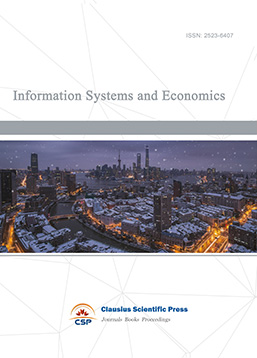
-
Accounting, Auditing and Finance
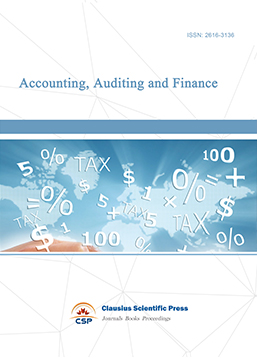
-
Industrial Engineering and Innovation Management
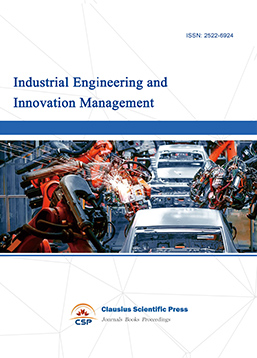
-
Tourism Management and Technology Economy
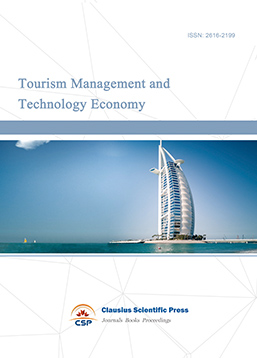
-
Journal of Computational and Financial Econometrics
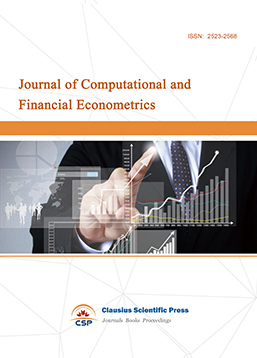
-
Accounting and Corporate Management
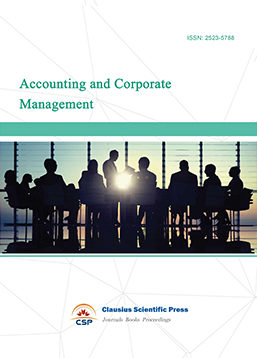
-
Social Security and Administration Management
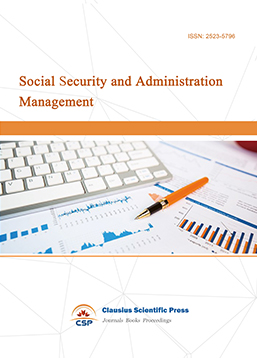
-
Population, Resources & Environmental Economics
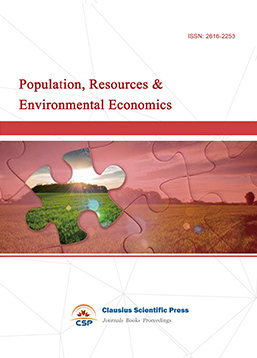
-
Statistics & Quantitative Economics
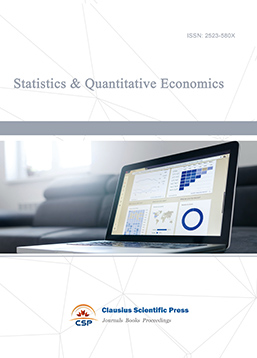
-
Agricultural & Forestry Economics and Management
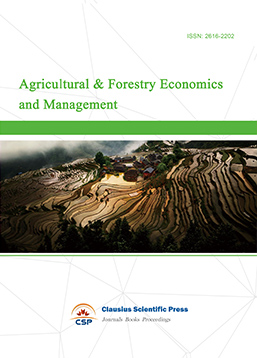
-
Social Medicine and Health Management
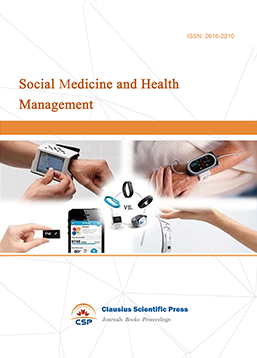
-
Land Resource Management
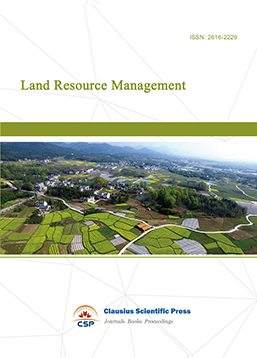
-
Information, Library and Archival Science
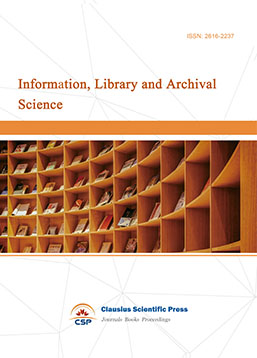
-
Journal of Human Resource Development
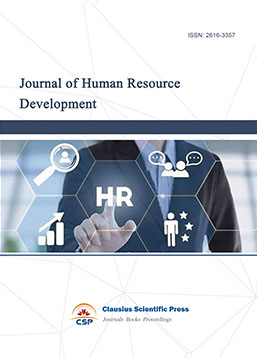
-
Manufacturing and Service Operations Management
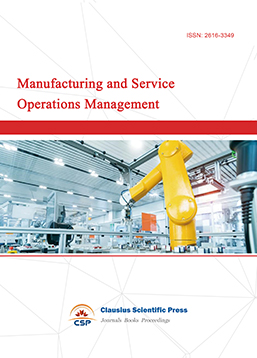
-
Operational Research and Cybernetics
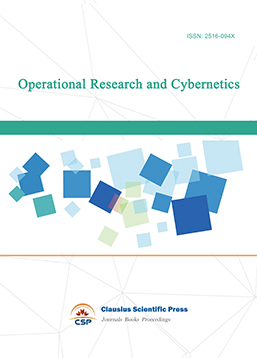

 Download as PDF
Download as PDF